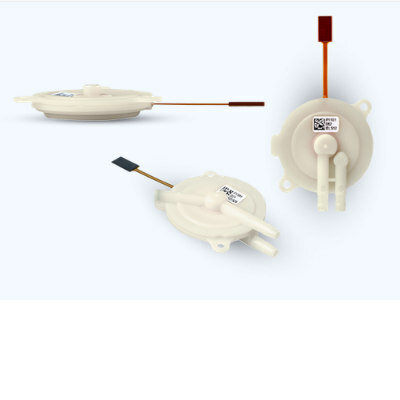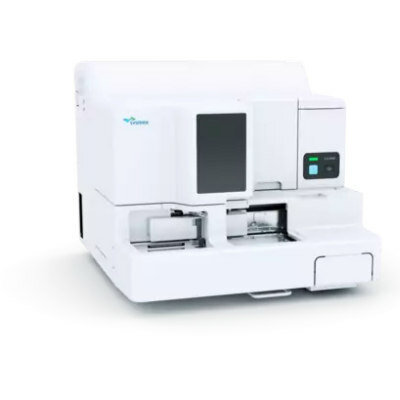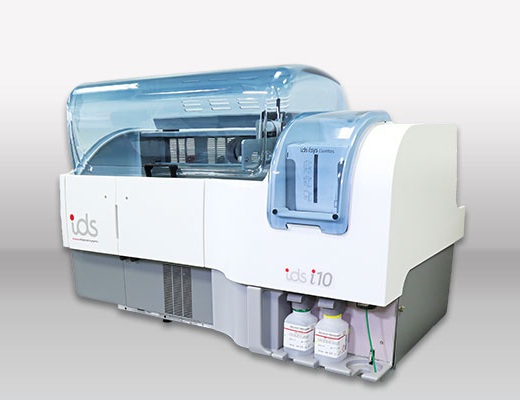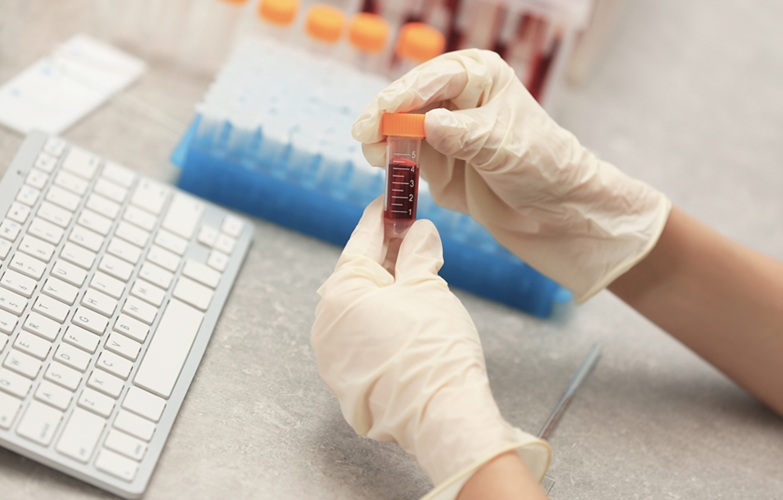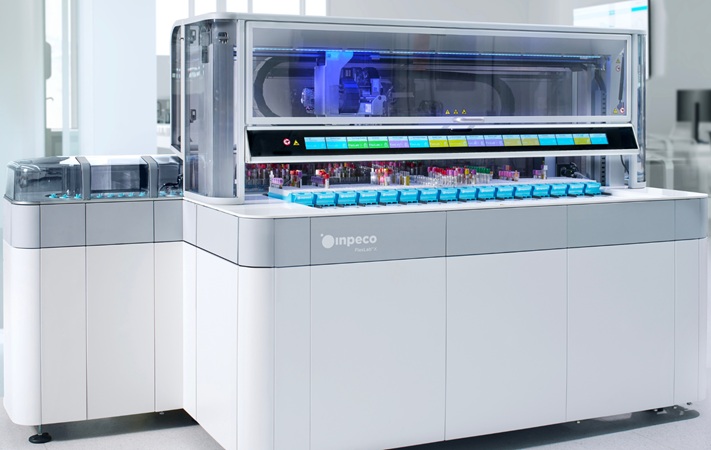Immune Responses Evaluated for Tick-Borne Encephalitis
|
By LabMedica International staff writers Posted on 13 May 2020 |
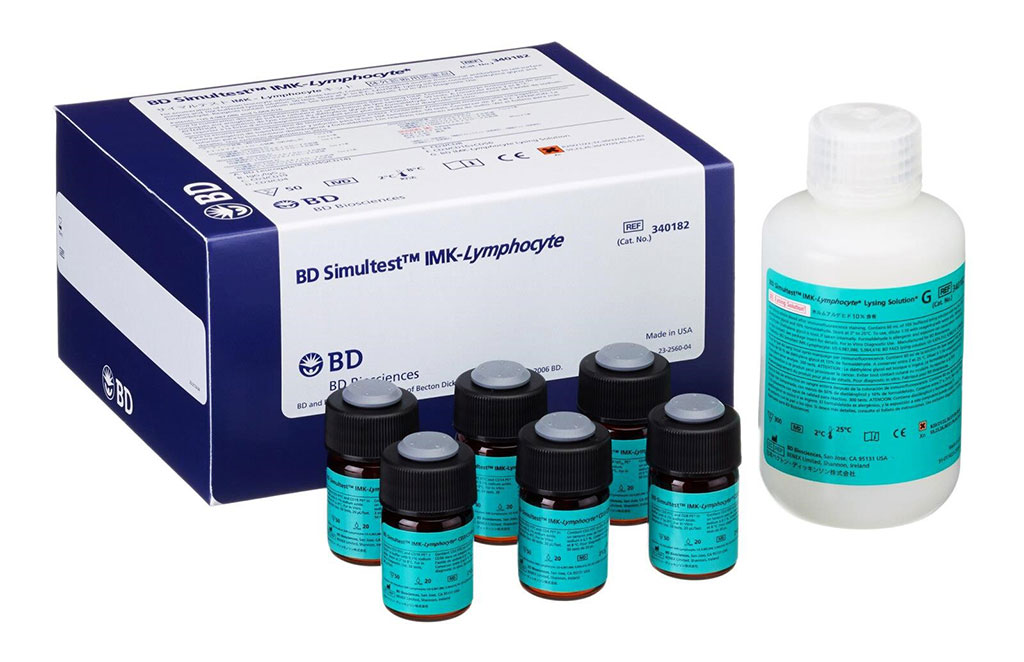
Image: The Simultest IMK-Lymphocyte is a two-color direct immunofluorescence reagent kit for enumerating percentages of the following mature human leucocyte subsets in erythrocyte-lysed whole blood (Photo courtesy of BDBiosciences).
Tick-borne encephalitis (TBE) is an important vector-borne infection of the central nervous system (CNS). The majority of all reported cases of TBE occur in adults. However, TBE should also be included in the differential diagnosis of pediatric CNS infections in endemic areas.
The chemokine CXCL13 is one of the key determinants of the humoral immune response at the site of an infection. CXCL13 is expressed in lymphoid organs and controls the recruitment and compartmentalization of B-cells and CD4+ T lymphocytes within these structures. CXCL13 is produced by microglia, stromal cells in the meninges, and infiltrating lymphoid cells.
Infectious disease specialists at the Medical University of Bialystok (Bialystok, Poland) analyzed anti-tick-borne encephalitis virus (TBEV) antibody levels, cerebrospinal fluid (CSF) and blood lymphoid populations, and concentrations of CXCL13 (a potent B-cell and T-cell chemoattractant), in 35 patients with TBE (20 adults and 15 children). TBE was defined as a febrile illness with signs of meningitis or meningoencephalitis, a CSF cell count of more than 5 cells/μL, and the presence of serum IgM and IgG antibodies to TBEV.
The detection of anti-TBEV IgG and IgM antibodies in serum and CSF was performed by enzyme-linked immunosorbent assay (ELISA), using SERION ELISA classic kits (Würzburg, Germany). The CXCL13 concentration quotient was calculated as QCXCL13 = CXCL13CSF/CXCL13serum. QCXCL13 was used as a measure of the chemical gradient of that chemokine. A value greater than 1 indicates a higher concentration of CXCL13 in the CSF than in the serum. All serum and CSF samples were stored at −80 °C until analysis of the chemokine. For flow cytometry, samples were analyzed within 18 hours on a FACSCanto II cytometer (BDBiosciences, San Jose, CA, USA). The Simultest IMK-Lymphocyte kit from BD Biosciences was used to study peripheral blood and CSF lymphocyte fractions
The scientists reported that when compared with the blood, the CSF lymphoid population was significantly enriched in CD4+ T-cells and relatively depleted in natural killer (NK) cells and B lymphocytes. In comparison with TBE meningitis, patients suffering from TBE meningoencephalitis (11, 31%) had a 3.5-fold higher median CSF CXCL13 concentration, 1.8-fold higher CSF/serum ratio of anti-TBEV IgG antibodies, and 1.8-fold higher median CSF cell count. CSF CXCL13 levels did not change significantly in children with TBE meningitis receiving supportive treatment, but decreased in children with TBE meningoencephalitis who received intravenous steroids.
The authors concluded that the CSF in patients with TBE was abundant in CD4+ cells and relatively depleted in NK cells and in B lymphocytes, when compared with the blood. A higher absolute number of lymphocytes in the CSF were associated with a more severe course of TBE. CXCL13 may be involved in the neuropathology of TBE by attracting different subsets of lymphocytes into the CSF, but it remains unclear whether this chemokine contributes directly to disease severity. The study was published on April 1, 2020 in the International Journal of Infectious Diseases.
Related Links:
Medical University of Bialystok
SERION
BDBiosciences
The chemokine CXCL13 is one of the key determinants of the humoral immune response at the site of an infection. CXCL13 is expressed in lymphoid organs and controls the recruitment and compartmentalization of B-cells and CD4+ T lymphocytes within these structures. CXCL13 is produced by microglia, stromal cells in the meninges, and infiltrating lymphoid cells.
Infectious disease specialists at the Medical University of Bialystok (Bialystok, Poland) analyzed anti-tick-borne encephalitis virus (TBEV) antibody levels, cerebrospinal fluid (CSF) and blood lymphoid populations, and concentrations of CXCL13 (a potent B-cell and T-cell chemoattractant), in 35 patients with TBE (20 adults and 15 children). TBE was defined as a febrile illness with signs of meningitis or meningoencephalitis, a CSF cell count of more than 5 cells/μL, and the presence of serum IgM and IgG antibodies to TBEV.
The detection of anti-TBEV IgG and IgM antibodies in serum and CSF was performed by enzyme-linked immunosorbent assay (ELISA), using SERION ELISA classic kits (Würzburg, Germany). The CXCL13 concentration quotient was calculated as QCXCL13 = CXCL13CSF/CXCL13serum. QCXCL13 was used as a measure of the chemical gradient of that chemokine. A value greater than 1 indicates a higher concentration of CXCL13 in the CSF than in the serum. All serum and CSF samples were stored at −80 °C until analysis of the chemokine. For flow cytometry, samples were analyzed within 18 hours on a FACSCanto II cytometer (BDBiosciences, San Jose, CA, USA). The Simultest IMK-Lymphocyte kit from BD Biosciences was used to study peripheral blood and CSF lymphocyte fractions
The scientists reported that when compared with the blood, the CSF lymphoid population was significantly enriched in CD4+ T-cells and relatively depleted in natural killer (NK) cells and B lymphocytes. In comparison with TBE meningitis, patients suffering from TBE meningoencephalitis (11, 31%) had a 3.5-fold higher median CSF CXCL13 concentration, 1.8-fold higher CSF/serum ratio of anti-TBEV IgG antibodies, and 1.8-fold higher median CSF cell count. CSF CXCL13 levels did not change significantly in children with TBE meningitis receiving supportive treatment, but decreased in children with TBE meningoencephalitis who received intravenous steroids.
The authors concluded that the CSF in patients with TBE was abundant in CD4+ cells and relatively depleted in NK cells and in B lymphocytes, when compared with the blood. A higher absolute number of lymphocytes in the CSF were associated with a more severe course of TBE. CXCL13 may be involved in the neuropathology of TBE by attracting different subsets of lymphocytes into the CSF, but it remains unclear whether this chemokine contributes directly to disease severity. The study was published on April 1, 2020 in the International Journal of Infectious Diseases.
Related Links:
Medical University of Bialystok
SERION
BDBiosciences
Latest Immunology News
- Post-Treatment Blood Test Could Inform Future Cancer Therapy Decisions
- Cerebrospinal Fluid Test Predicts Dangerous Side Effect of Cancer Treatment
- New Test Measures Preterm Infant Immunity Using Only Two Drops of Blood
- Simple Blood Test Could Help Choose Better Treatments for Patients with Recurrent Endometrial Cancer
- Novel Analytical Method Tracks Progression of Autoimmune Diseases
- 3D Bioprinted Gastric Cancer Model Uses Patient-Derived Tissue Fragments to Predict Drug Response
- Blood Test for Fungal Infections Could End Invasive Tissue Biopsies
- Cutting-Edge Microscopy Technology Enables Tailored Rheumatology Therapies
- New Discovery in Blood Immune Cells Paves Way for Parkinson's Disease Diagnostic Test
- AI Tool Uses Routine Blood Tests to Predict Immunotherapy Response for Various Cancers
- Blood Test Can Predict How Long Vaccine Immunity Will Last
- Microfluidic Chip-Based Device to Measure Viral Immunity
- Simple Blood Test Could Detect Drug Resistance in Ovarian Cancer Patients
- Advanced Imaging Method Maps Immune Cell Connections to Predict Cancer Patients Survival
Channels
Clinical Chemistry
view channel
Carbon Nanotubes Help Build Highly Accurate Sensors for Continuous Health Monitoring
Current sensors can measure various health indicators, such as blood glucose levels, in the body. However, there is a need to develop more accurate and sensitive sensor materials that can detect lower... Read more
Paper-Based Device Boosts HIV Test Accuracy from Dried Blood Samples
In regions where access to clinics for routine blood tests presents financial and logistical obstacles, HIV patients are increasingly able to collect and send a drop of blood using paper-based devices... Read moreMolecular Diagnostics
view channel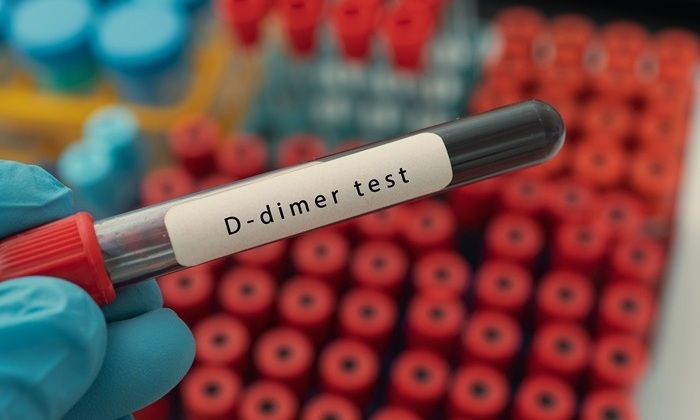
D-Dimer Testing Can Identify Patients at Higher Risk of Pulmonary Embolism
Pulmonary embolism (PE) is a commonly suspected condition in emergency departments (EDs) and can be life-threatening if not diagnosed correctly. Achieving an accurate diagnosis is vital for providing effective... Read more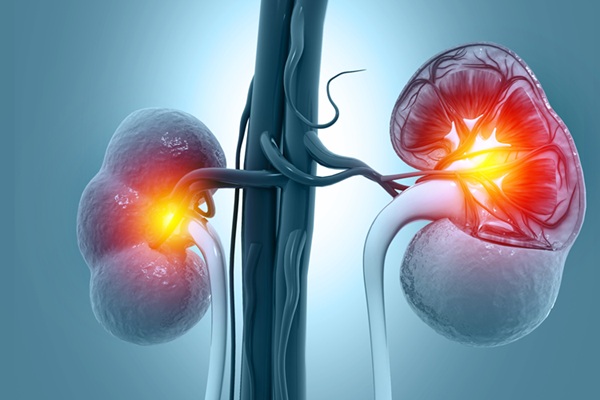
New Biomarkers to Improve Early Detection and Monitoring of Kidney Injury
Drug-induced kidney injury, also known as nephrotoxicity, is a prevalent issue in clinical practice, occurring when specific medications at certain doses cause damage to the kidneys. Nephrotoxicity can... Read moreHematology
view channel
New Scoring System Predicts Risk of Developing Cancer from Common Blood Disorder
Clonal cytopenia of undetermined significance (CCUS) is a blood disorder commonly found in older adults, characterized by mutations in blood cells and a low blood count, but without any obvious cause or... Read more
Non-Invasive Prenatal Test for Fetal RhD Status Demonstrates 100% Accuracy
In the United States, approximately 15% of pregnant individuals are RhD-negative. However, in about 40% of these cases, the fetus is also RhD-negative, making the administration of RhoGAM unnecessary.... Read moreMicrobiology
view channel
Breakthrough Diagnostic Technology Identifies Bacterial Infections with Almost 100% Accuracy within Three Hours
Rapid and precise identification of pathogenic microbes in patient samples is essential for the effective treatment of acute infectious diseases, such as sepsis. The fluorescence in situ hybridization... Read more
Innovative ID/AST System to Help Diagnose Infectious Diseases and Combat AMR
Each year, 11 million people across the world die of sepsis out of which 1.3 million deaths are due to antibiotic-resistant bacteria. The burden of antimicrobial resistance (AMR) continues to weigh heavily,... Read more
Gastrointestinal Panel Delivers Rapid Detection of Five Common Bacterial Pathogens for Outpatient Use
Acute infectious gastroenteritis results in approximately 179 million cases each year in the United States, leading to a significant number of outpatient visits and hospitalizations. To address this, a... Read morePathology
view channel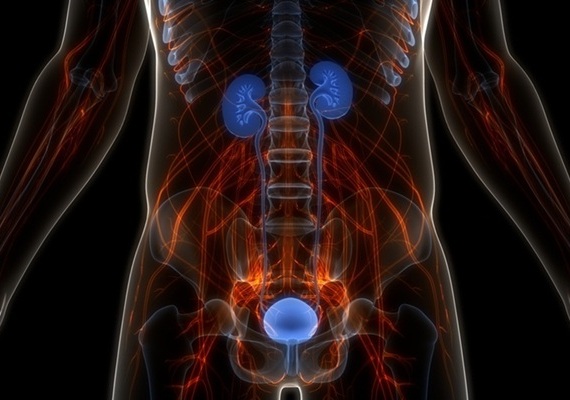
AI Model Predicts Patient Response to Bladder Cancer Treatment
Each year in the United States, around 81,000 new cases of bladder cancer are diagnosed, leading to approximately 17,000 deaths annually. Muscle-invasive bladder cancer (MIBC) is a severe form of bladder... Read more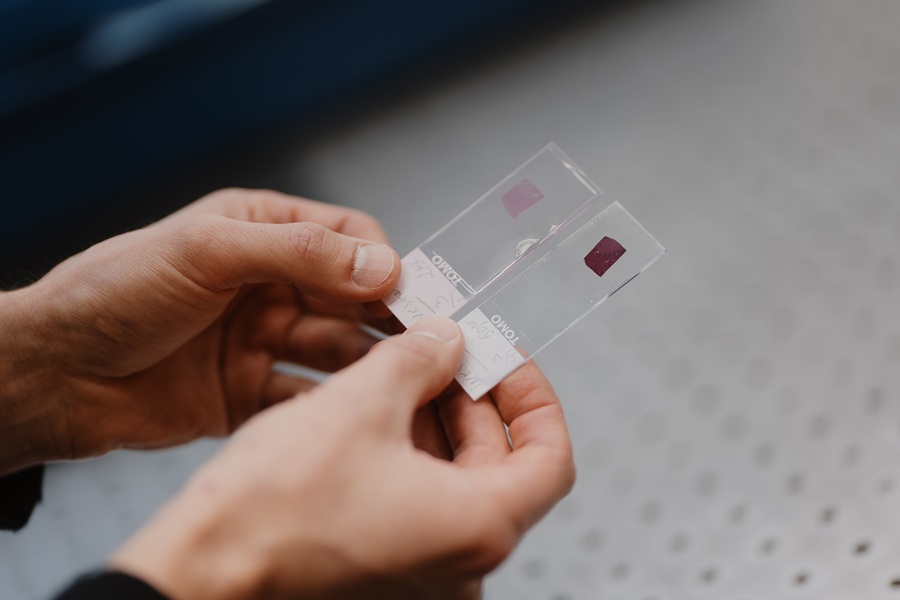
New Laser-Based Method to Accelerate Cancer Diagnosis
Researchers have developed a method to improve cancer diagnostics and other diseases. Collagen, a key structural protein, plays various roles in cell activity. A novel multidisciplinary study published... Read more
New AI Model Predicts Gene Variants’ Effects on Specific Diseases
In recent years, artificial intelligence (AI) has greatly enhanced our ability to identify a vast number of genetic variants in increasingly larger populations. However, up to half of these variants are... Read more
Powerful AI Tool Diagnoses Coeliac Disease from Biopsy Images with Over 97% Accuracy
Coeliac disease is an autoimmune disorder triggered by the consumption of gluten, causing symptoms such as stomach cramps, diarrhea, skin rashes, weight loss, fatigue, and anemia. Due to the wide variation... Read moreTechnology
view channel
Smartphones Could Diagnose Diseases Using Infrared Scans
Rapid advancements in technology may soon make it possible for individuals to bypass invasive medical procedures by simply uploading a screenshot of their lab results from their phone directly to their doctor.... Read more
Novel Sensor Technology to Enable Early Diagnoses of Metabolic and Cardiovascular Disorders
Metabolites are critical compounds that fuel life's essential functions, playing a key role in producing energy, regulating cellular activities, and maintaining the balance of bodily systems.... Read more
3D Printing Breakthrough Enables Large Scale Development of Tiny Microfluidic Devices
Microfluidic devices are diagnostic systems capable of analyzing small volumes of materials with precision and speed. These devices are used in a variety of applications, including cancer cell analysis,... Read moreIndustry
view channel







